Honor Award
City Plates
Rios Clementi Hale Studios, Los Angeles USA
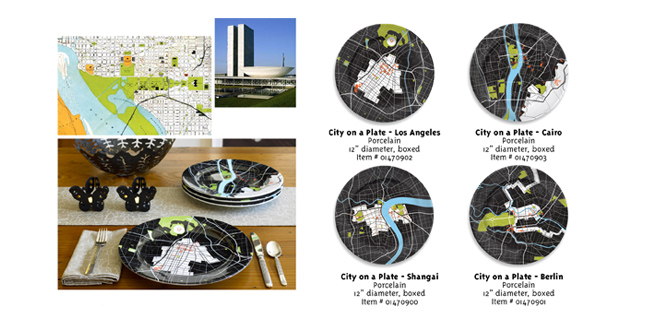 Close Me!
Close Me!City Plates Series 1
Photo: notNeutral
Photo 1 of 12
 Close Me!
Close Me!City Plates Series 2 and Series 3
Photo: notNeutral
Photo 2 of 12
 Close Me!
Close Me!City Plates Series 4 and Series 5
Photo: notNeutral
Photo 3 of 12
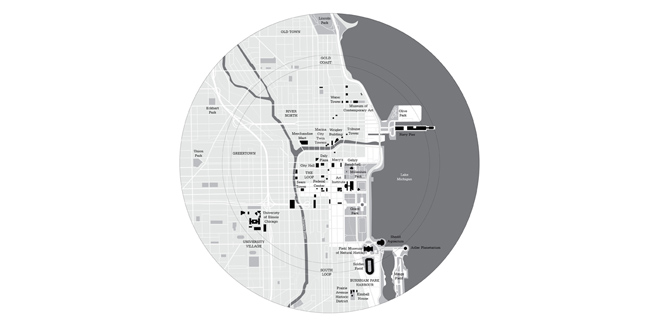 Close Me!
Close Me!Every plate comes with a key
Photo: notNeutral
Photo 4 of 12
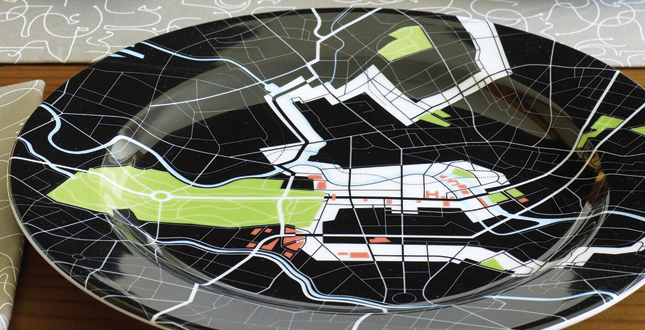 Close Me!
Close Me!Photo: notNeutral
Photo 5 of 12
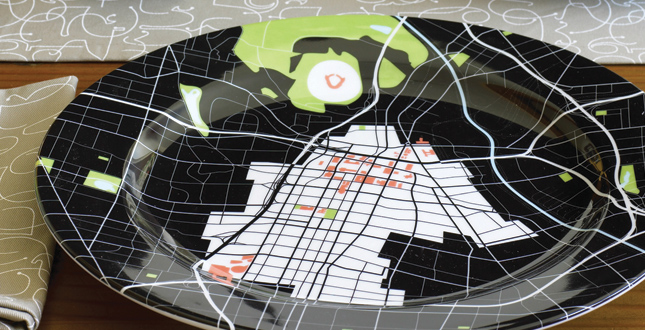 Close Me!
Close Me!Photo: notNeutral
Photo 6 of 12
 Close Me!
Close Me!City Plates Series 1
Photo: notNeutral
Photo 7 of 12
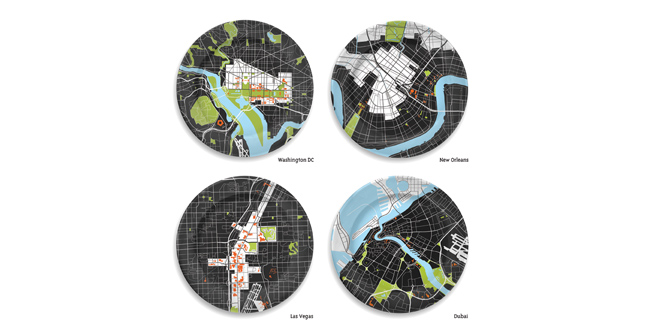 Close Me!
Close Me!City Plates Series 2
Photo: notNeutral
Photo 8 of 12
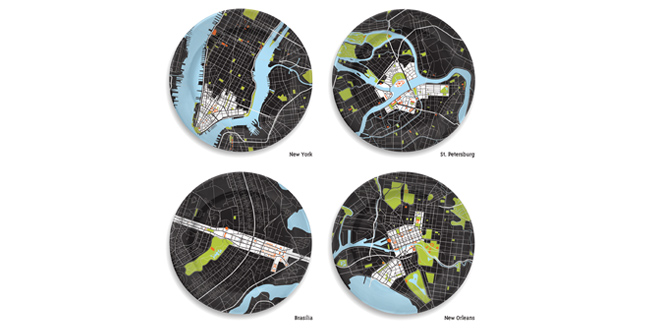 Close Me!
Close Me!City Plates Series 3
Photo: notNeutral
Photo 9 of 12
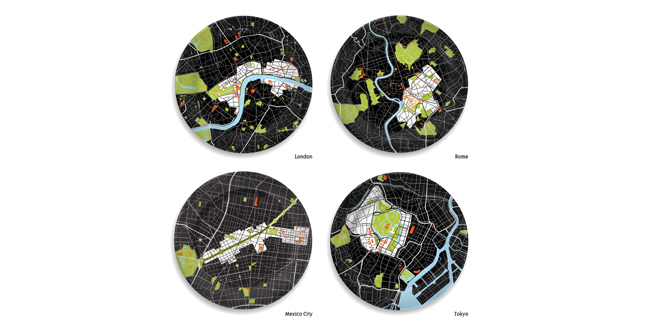 Close Me!
Close Me!City Plates Series 4
Photo: notNeutral
Photo 10 of 12
 Close Me!
Close Me!City Plates Series 5
Photo: notNeutral
Photo 11 of 12
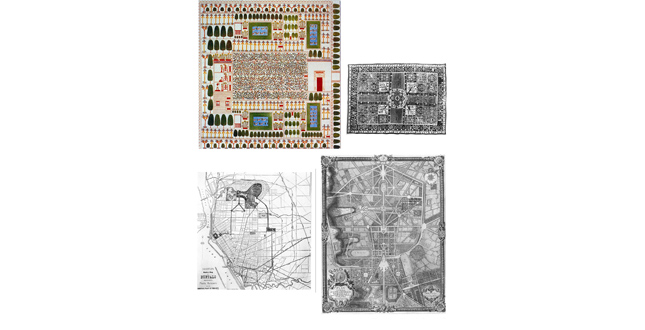 Close Me!
Close Me!Landscape architecture has a rich tradition of producing maps as a communication tool. Most notably, Frederick Law Olmsted and André Le Nôtre were known for using maps to describe places and convey their plans.
Photo: notNeutral
Photo 12 of 12
Project Statement
The City Plates collection is a series of plates designed by landscape architects with the intention of sparking conversation about the links between place, culture and history. As everyday objects, City Plates convey ideas of landscape and urban form in a stimulating, innovate fashion in the domestic setting. City Plates bring a new awareness to our growing global consciousness to a larger audience including those outside the profession.
Project Narrative
—2010 Professional Awards Jury
Imagine how our world might be different if everyone discussed the history, design, and development of cities at the breakfast table. Imagine hosting your best dinner party yet, using smart, chic dinnerware that gets everyone talking. With City Plates, both of these are possible!
The City Plates collection is a series of 12-inch diameter plates designed by landscape architects with the intention of sparking conversation about the links between place, culture, and history. Launched in 2007, the City Plates collection is comprised of five series of content-rich plates, each portraying a distinctly fascinating urban mecca. As everyday objects, City Plates convey ideas of landscape and urban form in a stimulating, innovate fashion in the domestic setting.
Landscape architecture has a rich tradition of producing maps as a communication tool. Most notably, Frederick Law Olmsted and André Le Nôtre were known for using maps to describe places and convey their plans. The City Plates collection was designed under the premise that a map tells an important story about a place, and like any map, each City Plate is inherently subjective, offering an opinion through the prioritization and editorializing of information.
Similar to the landscape design process, research and analysis informed the selection of each series' theme and of individual cities. The map on each plate was carefully located and drawn using a variety sources, including both aerial photography and historic maps. Key buildings and landmarks are represented with red icons, while rivers and public spaces are shown in vivid blue and green. Downtown cores and areas of cultural, political, and economic significance are highlighted in white. Each plate is boxed with a key that indicates notable landmarks, along with a brochure describing the theme of each series, as well as how each city's form and history is representative of that theme.
The entire City Plate collection is drawn at the same scale, inspiring discussions of comparative urbanization and landforms while rousing dinner guests to tales of past travels and plans for future destinations. While we have organized the plates according to five themes, they may be categorized and examined in a variety of ways. For example, the 20 cities can be divided into different "ecologies:" capital cities, (Brasilia, St. Petersburg, Berlin, and D.C.); river cities (New York, New Orleans, D.C., Shanghai, Berlin and St. Petersburg): desert or landlocked cities (Cairo, and Las Vegas) and coastal cities (Los Angeles and Dubai). City Plates bring a new awareness to our growing global consciousness.
A portion of the sales of two of the plates, New Orleans and Brasilia, are donated to charitable organizations. 15 percent of the profits from the sale of the New Orleans plate is donated to the recovery and rebuilding effort of City Park, a 1,300-acre park that experienced serious damage to grounds, trees, infrastructure and facilities. 15 percent of all Brasilia City Plate sales are donated to the Amazon Conservation Team (ACT), a nonprofit group that helps displaced local tribes protect their forest, culture, and ancient system of healing that uses the forest's abundant botanical resources; at the same time, the tribes are offered job opportunities, education, and clean water.
The Five Series
- Gateways & Agglomeration: The first four cities from the four continents of Asia, America, Africa and Europe. Los Angeles, Shanghai, Cairo and Berlin were chosen for their reputations as Gateways. Due to their geographic locations and landscape features, these cities have served as portals for culture and trade. Over time, they have developed into important commercial and financial centers. Now, each of these cities is dealing with the effects of agglomeration as their populations begin to reach critical mass. As population demographics change in the age of the global economy, these cities are expanding exponentially and enveloping their environs and interstitial spaces with agglomerative gusto. What many landscape architects would consider 'sprawl' has largely become a model for urban development as cities grow together/towards each other to achieve critical mass.
- Culture and Capitalism: The second series includes New Orleans, Las Vegas, Dubai and Washington D.C. It is based on the theme of Culture and Capital(ism) and examines how a capital investment in manufacturing culture impacts city form. Our notion of how cities usually arise has followed an organic model — a natural feature of the earth's topography lends itself to the support of human existence, and provides the foundation for human progress. However, in the current age of man's almost complete control of the environment, cities can now be fabricated almost instantaneously and at the whim of greater feats of civil engineering. For this series of plates, we explored the idea of how a capital investment in manufacturing culture impact city form.
- Capital Migration: The theme for the third series of plates, Brasilia, St. Petersburg, Melbourne and New York, is Capital Migration. Three of these cities—St. Petersburg, Melbourne and New York- were at one time the seat of government; Brasilia became its nation's capital in 1960. All remain centers of economic power, cultural leaders and symbols of their country's national identity. Traditionally a nation's 'capital' is its seat of government—but the term has come to identify cities whose economic, cultural, or global status render them as, if not more, important than the recognized administrative center. These plates explore cities that have different roles in the identity of the nation in which they reside.
- Empire Building (& rebuilding) and the Grandiose City: The fourth series of plates, Rome, London, Mexico City and Tokyo focuses on the theme of Empire Building (& rebuilding) and the Grandiose City. Empires throughout time and all over the world have had not only a local impact on the imperial city but also a global impact—on settlement patterns, national borders, cultural identity, and city form. But all empires have a lifespan, and as our own (the U.S.) faces decline it is interesting to look at the precedent of past empires to understand how a former world power adjusts to a new identity. These cities are large enough to accommodate strikingly modern architecture along with relics of the past, an evolution of city form that writes history into the urban landscape. These cities are exploring build upon themselves, demolishing the old to make way for the new while facing some of the prototypical (and extremely difficult) urban conditions of modern cities: pollution, overpopulation, poverty, and sprawl.
- Future Cities (Past & Present): The last four plates celebrate visionary thinking and look at four great cities: Paris, Chicago, Montreal and Mumbai. These are cities that historically have showcased the height of human achievement in technology and culture. Innovations in architecture, civil and structural engineering, and infrastructure have inspired some of the greatest monuments in the greatest cities of our time. Since the mid-19th century, the World's Fair has been a breeding ground for these innovations as the host cities seek to outshine their predecessors and establish themselves on the world stage with ever more daring feats of invention. National pride is defined through architecture, monumentality, and a grand sense of placemaking that lives far beyond the duration of the Fair itself. Three cities who have been past World's fair hosts established a precedent for their time and defined an age of architectural innovation that would impact culture and technology for years to come, along with providing some of the most memorable structures of the last few centuries. One city has yet to host a World's Fair, but represents a future city on the cusp of a new world order, with a potential for innovation that could never have been imagined in previous centuries.
With the City Plates collection, we hope to inspire conversations about place, while making learning part of interacting with one another. We believe there is no better place for that than one's own home.
Project Resources
Landscape Architect of Record
Mark Rios, FASLA
Lead Designer
Jennifer Cosgrove
Rios Clementi Hale Studios
Julie Smith-Clementi
Frank Clementi
Robert Hale
Chiaki Kanda






